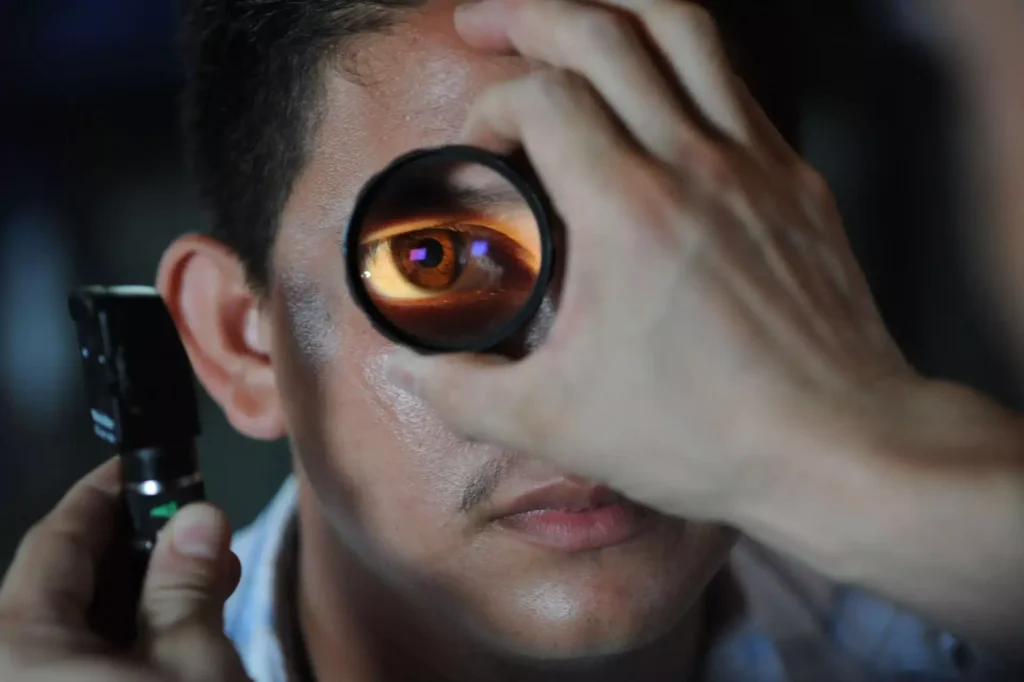If you’ve lived with nearsightedness for any length of time, you know what a hassle glasses and contact lenses can be. Before orthokeratology (or “ortho-k”) was developed in the 1970s, people with nearsightedness had to wear corrective eyewear for the rest of their lives. Today, many opt for this treatment method instead.
Read on as an optometrist Saginaw, TX talks about Ortho-K and how it helps correct nearsightedness.
What Is the Science Behind Orthokeratology?
Orthokeratology is the use of specially designed lenses to reshape the cornea. The cornea is the clear part of your eye that covers and protects it, like a lens. When you look at something, light passes through this curved surface and focuses on your retina, which is the light-sensitive part of your eye responsible for visual images.
The shape of an individual’s cornea can vary depending on age, ethnicity, gender and other factors. Most people with nearsightedness have an overly curved cornea. The excess in curvature distorts the image that’s directed onto the retina. This accounts for why faraway images appear blurry.
Orthokeratology works to correct the shape of your cornea by flattening the area across its surface.
How Does Ortho-K Work?
Orthokeratology is a type of contact lens that is worn at night. Ortho-K works by changing the shape of your eye so light focuses on your retina as it should, resulting in clearer vision without glasses or contacts.
Ortho-K lenses are made of a special rigid gas permeable material that can be worn comfortably for extended periods of time. And of course, each lens is custom-made to fit your eyes.
What Other Types of Eye Conditions Can Ortho-K Treat?
- Presbyopia, a condition when the lens of your eye loses its ability to focus on near objects as you age
- Astigmatism, a condition where the cornea has an irregular shape that causes blurry vision
- Hyperopia, or farsightedness
How Long Before My Vision Improves?
You can wear Ortho-K lenses for several months or longer, depending on how quickly your eyesight improves and how much it changes in the future. The goal is to get to a point where you no longer need them at all.
You’ll need to visit an eye doctor regularly for exams and possible adjustments to your prescription. How often you’ll need to visit depends on how quickly your eyesight improves, but many people with nearsightedness see a significant improvement within 12 weeks of starting Ortho-K treatment.
If you have more questions or wish to schedule a consultation to find out if Ortho-K is right for you, please feel free to call us, your local optometrist Saginaw, TX, anytime!



